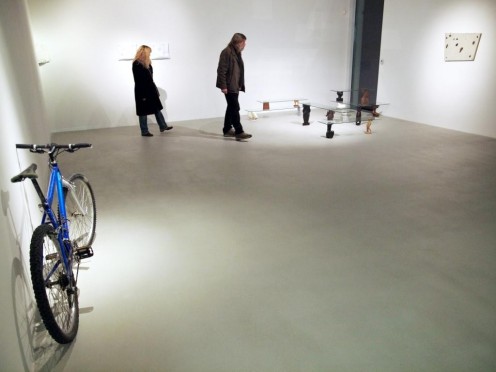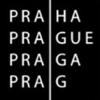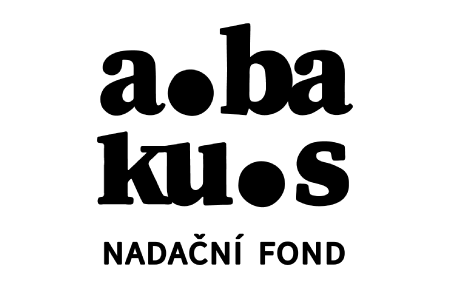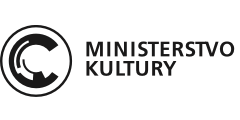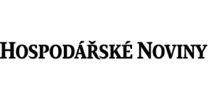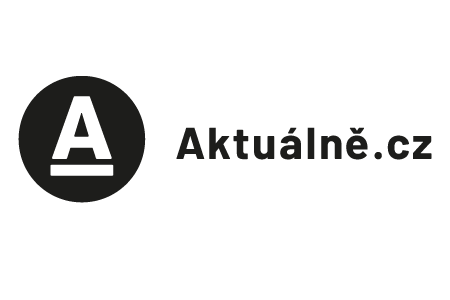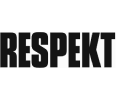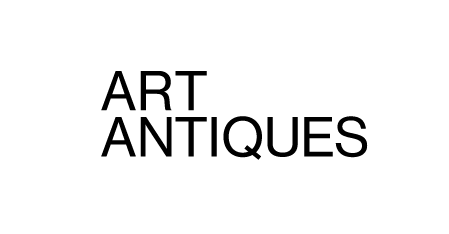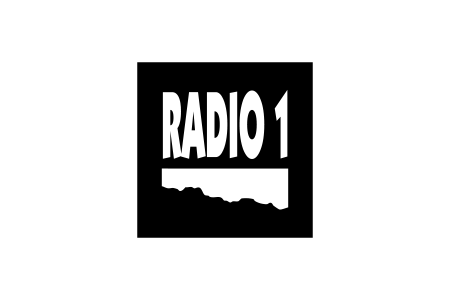Nina Beier, Jiří Kovanda, Marie Lund: Bob Dylan, Bob Dylan, Boba Dylana
27 Jan – 28 Mar 2011

Nina Beier and Marie Lund first met Jiří Kovanda in Prague in 2006. Originally from Denmark, the two artists were exhibiting at the Display Gallery. After that they encountered Jiří Kovanda several times on the international art scene, such as at the Tate Modern in 2007, at the All the Best exhibition at Gallery OneOneOne in London in 2008 and when Jiří Kovanda invited them to take part in his exhibition When I Was Little, I Used to Play with Girls at the Klatovy / at Galerie Klatovy / Klenová. That fact alone indicates certain connections in their work and approach.
The project that we are organizing in close collaboration with the artists for the DOX Centre for Contemporary Art, will be the first joint concept of the three artists. It combines conceptual, minimalist, contextual approaches, as well as new conceptual approaches linking interest in sculptures and objects. It comes into being as a mutual conversation, including the choice of the individual works. Taking up three floors the exhibition is intended to present their work in terms of thematic relationships, both direct and less apparent, which will be vertically legible.
Nina Beier and Marie Lund, collaborated from 2005 to 2009. They are now both working individually and the exhibition will feature their recent individual works. Their joint work was located (and still is, to an extent) on the specific boundary between performance and intervention. At first it consisted chiefly of social experiments based on collective implementation of scripts proposed by the artists. Later it focused on the topic of institutional framework and the operation of the art world in general. In the recent period their language has shifted markedly to the environment of objects and “sculptures”. These carry a message about the transformation of stably viewed reality by means of
a different perspective setting, about how it breaks free from its one-sided service function. Although the starting point remains conceptual, the emphasis on the material and sensual substance is undeniable.
A sculpture emphasizing classical principles presents and confirms reality. By pointing to absence, inappropriateness or instability, the artists draw attention to a specific phenomenon, its extreme manifestations and various ways of understanding it. Their interventions reverberate like echoes that add sound to the substance from outside, and by the indicated range of the scene they eliminate prejudices from the communication. The fluctuating borderline demonstrates the stratification and profuseness of everyday reality where
a thing is nothing (of itself) and at the same time is much (in its variety of relationships). They also conduct this experiment on the reality of art itself and call into question established norms and those that are becoming established. The performance character of their approach also asserts itself through their work as process, which sometimes transcends the framework of the work itself or, of the artists, or even of a particular exhibition. The artists then maintain this open structure within the necessary delimitations only by preset rules for the work’s creation. A certain manipulative energy is required to convince the viewer and participant.
The art of Jiří Kovanda is based on similar principles and a very similar shift can be observed in his present approach. His reaction during the 1990s to minimalist esthetics and the Arte Povera movement gave way at the beginning of the millennium to interventions that are generally termed here “discreet tendencies”, of which Kovanda is the most striking exponent. Invisible objective situations, created either by minimal quantites, i.e. a kind of vacuum, or an imperceptible context and by defocusing the framework of the work of art, have been enhanced, as in the case of Nina Beier and Marie Lund, by new interest in the visuality and content of the object and installation. The esthetics of impoverishment and invisibility combine with their opposite – beauty and visibility – not for themselves but as a result of the changing sensitivity of the time and its need for a language change.
Edith Jeřábková
